The Top 5 Labor Compliance Pitfalls for Entertainment Productions and How to Avoid Them

In the fast-paced world of entertainment production, labor compliance often gets treated as an afterthought. That is, until it blows up into an audit, grievance, lawsuit, or worse. Productions operate under a tight squeeze: short timelines, complex union agreements, evolving employment laws, and a web of pension, health, and welfare contribution requirements. It is no wonder even seasoned teams can fall into common compliance traps.
The good news is that most labor compliance issues are avoidable with the right planning, systems, and a clear understanding of the rules. Let’s dig into the top five labor compliance pitfalls that plague entertainment productions today, and how to steer clear of them.
1. Misclassifying Workers: Employee vs. Independent Contractor
The Pitfall:
Misclassifying workers, especially production assistants, coordinators, and creative consultants, as independent contractors when they legally qualify as employees is one of the most common and costly mistakes. The entertainment industry has long operated with a freelance culture, but federal and state agencies (particularly California under AB 5) are cracking down on improper classifications.
The consequences of misclassification can trigger wage claims, back taxes, penalties, union grievances, and expensive litigation. The IRS, Department of Labor (DOL), and state labor agencies are all actively auditing for this.
How to Avoid It:
When in doubt, treat the worker as an employee.
Use the ABC test (mandatory under California law) or the IRS Common Law Test to evaluate status. If you control what work is done and how it is done, the person is almost always an employee.
Build project budgets assuming the need to process workers through payroll. If the production truly needs to contract services out, such as hiring a catering company or a licensed post facility, ensure it is a properly formed business with a Tax ID and insurance.
2. Failing to Properly Track and Pay Overtime
The Pitfall:
Productions often work long, irregular hours. Under both federal and state laws, especially California Wage Order 12 for motion picture productions, overtime must be tracked and paid correctly. Common mistakes include miscalculating daily overtime, failing to apply double time, not paying for meal penalties, or underestimating turnaround violations.
Union contracts, such as those with SAG-AFTRA, IATSE, and DGA, have their own enhanced overtime rules layered on top of wage and hour laws. Missing these can escalate into union grievances, arbitration, or expensive settlements.
How to Avoid It:
Train production accountants and payroll coordinators on overtime rules at project kickoff.
Use digital timecard systems that allow for accurate entry of start times, meal breaks, and wrap times.
Do not rely on "flat" or "per day" payments unless they meet legal exemption tests. Most crew members are non-exempt.
Review union agreements carefully and flag any variations from baseline labor law, such as stricter penalty triggers or higher premium rates.
3. Ignoring Jurisdictional Boundaries and Local Laws
The Pitfall:
Entertainment productions often shoot across multiple cities, states, or even countries. It is easy to miss that each location comes with its own set of wage laws, required notices, paid sick leave requirements, and break rules. What is compliant in Georgia may not meet standards in New York City or Los Angeles.
Union jurisdiction also matters. For instance, hiring a non-union grip in Los Angeles under IATSE’s stronghold could result in picketing, grievances, and production shutdowns.
How to Avoid It:
At project setup, map out all work locations and research, or hire a consultant to confirm, wage and hour rules, mandatory notices, and union coverage requirements for each.
Post mandatory workplace posters at each production office, stage, and location.
Where multiple states are involved, properly allocate taxes and benefits based on “work state” versus “resident state.”
For union projects, always verify whether you are shooting inside union jurisdiction and staff accordingly.
4. Inadequate Onboarding and Paperwork Collection
The Pitfall:
Rushing onboarding, or worse, skipping formal onboarding altogether, exposes productions to huge risks. Missing I-9 forms can trigger immigration penalties. Failing to provide wage theft notices violates California, New York, and several other states' laws. Forgetting union dues authorizations can cause benefit fund issues.
Inconsistent paperwork also makes it harder to defend against wage claims, especially if timesheets and employment agreements are incomplete or missing.
How to Avoid It:
Implement a standardized digital onboarding process that collects:
- W-4 and state withholding forms
- I-9 verification (with copies of IDs)
- Direct deposit authorizations
- Signed offer letters or start paperwork with wage rates
- Wage Theft Prevention Act notices (where required)
- Union dues authorization forms (if applicable)
Set onboarding deadlines: no work starts without completed, signed paperwork. Train coordinators and production accountants to audit their start packets weekly to catch missing documents early.
5. Mishandling Pension, Health, and Welfare (PH&W) Contributions
The Pitfall:
Benefit contributions are the lifeblood of union contracts. Failing to remit the correct amounts, missing reporting deadlines, or incorrectly categorizing workers can lead to production audits by benefit funds. These audits can reach back years.
Productions often make errors calculating contributions, especially when factoring in overtime, allowances, and kit rentals. Another common mistake is assuming that non-union workers hired into covered roles are exempt from contributions, when in fact they often are not.
How to Avoid It:
Treat benefit calculations with the same seriousness as payroll tax compliance.
- Review the union agreement contribution rules by project.
- Pay close attention to rules around “work weeks,” “maximum contributions,” and how allowances, such as car or box rentals, impact PH&W.
- Schedule quarterly internal audits if the production spans multiple months.
- Communicate with the payroll company early and often to make sure contributions are processed and reported correctly.
It is cheaper and easier to fix a small reporting error now than to defend against a full-scale pension audit two years later.
Final Thoughts
Labor compliance is not just a back-office function. It is risk management for your entire production. Every payroll run, every onboarding packet, and every wrap report is an opportunity to protect your project from financial exposure, union grievances, penalties, and reputational damage.
The key takeaway is this:
Compliance is not something you fix later. It is something you build from Day One.
Work with seasoned labor consultants, engage experienced payroll teams, and invest in training your production staff on the specific legal and union rules that apply to your project.
Productions that prioritize labor compliance set themselves up not just to survive, but to thrive, in today’s increasingly complex entertainment landscape.









